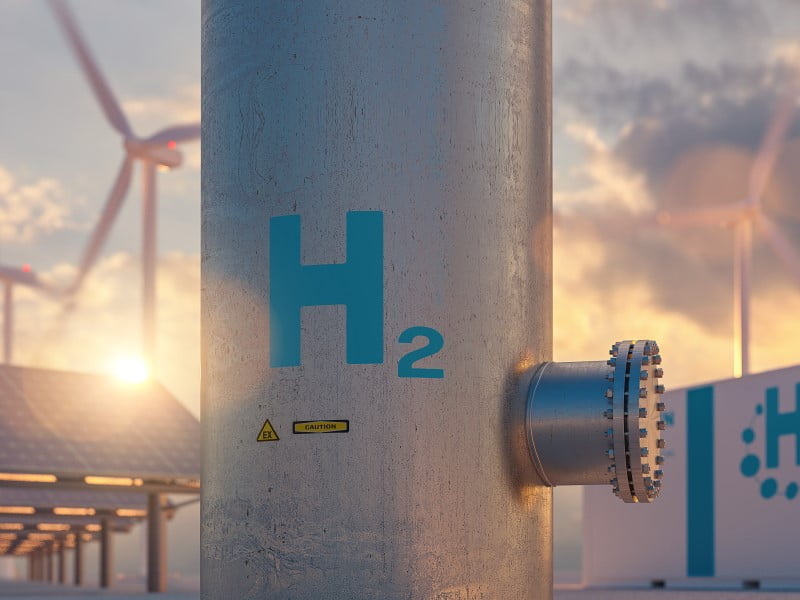Almost $120 million has been secured to progress Queensland’s largest hydrogen project, with Singaporean, Japanese, and Australian stakeholders all investing funds.
On Friday, the Australian Renewable Energy Agency (ARENA) committed $20 million to support a front-end engineering and design (FEED) study for the part publicly-owned Central Queensland Hydrogen Project (CQ-H2), which is being led by state-owned energy company Stanwell Corporation.
Of the headline figure committed to the FEED stage, $15 million was committed through the Queensland government’s Renewable Energy and Hydrogen Jobs Fund in June 2022, following the completion of a detailed feasibility study. The remaining $81.8 million is coming from a consortium of partners.
Friday’s announcement includes the entry of Singaporean investment firm Keppel Infrastructure to the consortium, who have also signed a memorandum of understanding with ammonia producer Incitec Pivot to investigate the construction of a green ammonia production facility in Gladstone.
Existing consortium members beyond Stanwell include the Japanese gas company Iwatani Corporation, energy company Kansai Electric Power Company, and trading and investment conglomerate Marubeni Corporation.
The purpose of the FEED study is to “develop the project’s technical, commercial, and social requirements to enable a Final Investment Decision to be made with confidence” according to Stanwell. A final decision is anticipated by mid-2024

CQ-H2 is expected to be Queensland’s largest green hydrogen project. Commercial operations are expected to begin in 2028 with the installation of up to 640MW of electrolyser capacity and an annual production capacity if around 73,000 tonnes per annum. By 2031, the project is targeting production scaling to 292,000 tonnes per annum.
Aside from the production facility, the study will investigate the development of a 146,000 tonnes per annum liquefaction plant at the Port of Gladstone and a hydrogen gas pipeline by the end of 2030.
Land for the project was first secured from the Queensland state government in April 2021.
The federal government previously committed $2.16 million through ARENA for a feasibility study in September 2021 and $69.2 million for common user infrastructure through its Regional Hydrogen Hubs program in April 2022.
Over 30 years the state government expects the Queensland hydrogen industry to support up to 8,900 jobs, export $17.2 billion worth of hydrogen and add $12.4 billion to gross state product.
Federal climate change and energy minister Chris Bowen said that projects like CQ-H2 are “critical” for scaling the green hydrogen industry and that it could be a leader in the international export market.
“Japan, Korea and China are three of our largest trading partners and have all made clear commitments to increase the use of hydrogen, with a focus on establishing international supply chains for imports,” Mr Bowen said.
ARENA chief executive Darren Miller said Australia is well positioned to capitalise on export opportunities to Asia but rapid development is needed to ensure hydrogen is produced at a globally cost competitive price point.
“The development of a renewable hydrogen hub in Gladstone could help decarbonise heavy industrial facilities in the region and create an export supply chain between Australia and Japan and Singapore,” he said.
Last week, Danish firm Copenhagen Infrastructure Partners reportedly announced $30 billion worth of renewables investment across the Eyre Peninsula, South Australia. Known as Evergreen, the project will include around 4GW of solar, 10GW of wind, and 7GW of hydrogen electrolyser capacity.
Do you know more? Contact James Riley via Email.

